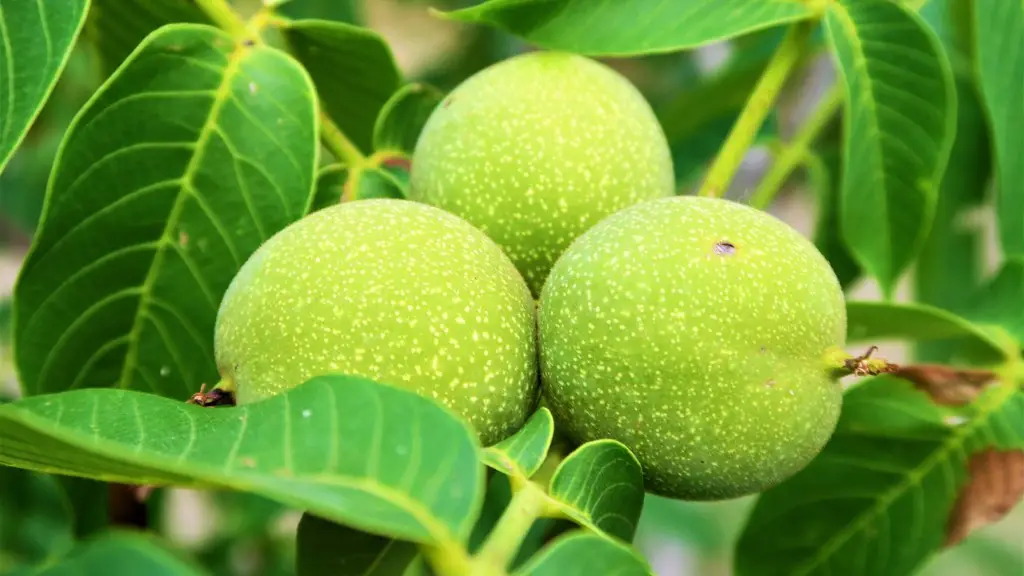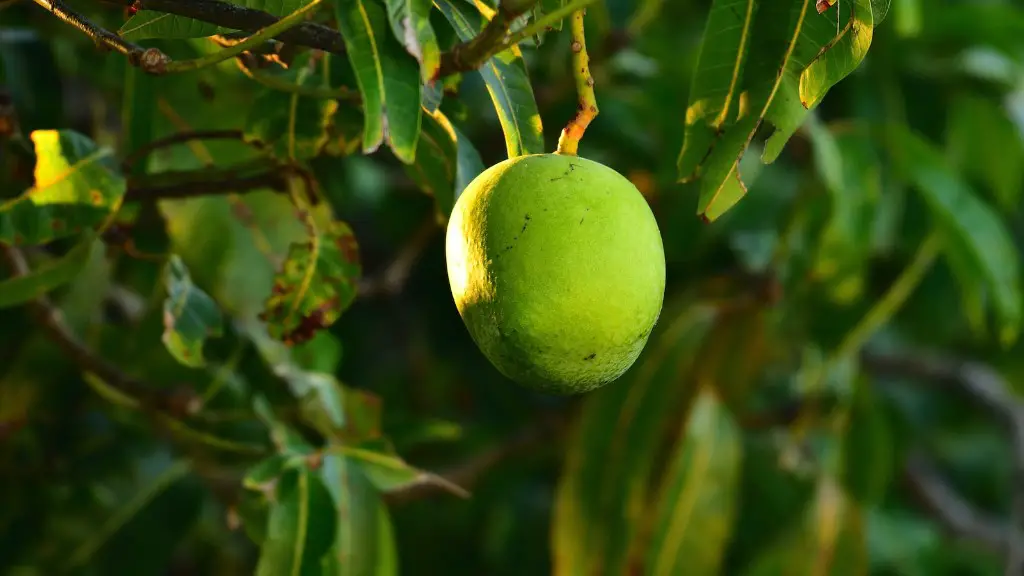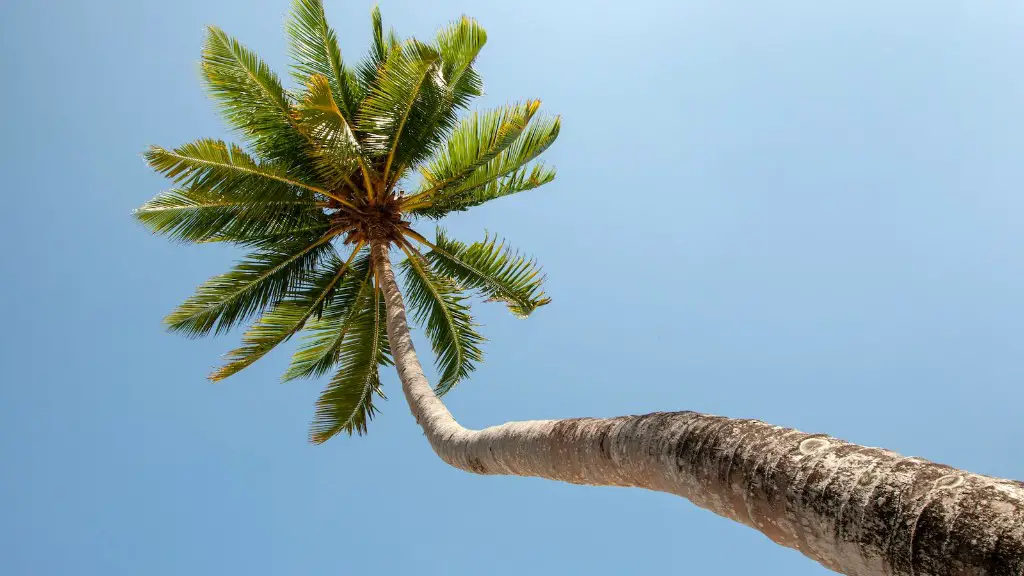General Overview
Palm trees, scientifically known as Arecaceae, are a type of flowering plant that has over 2600 species belonging to it. It consists of mostly trees, but also includes vines, shrubs and some herbs. They are native to the tropical and subtropical climates of the world, with the exception of a few species in cooler climates.
Palm trees are well known for the beauty and aesthetic appeal it brings to beaches and gardens. It is also a very hardy species, having a wide tolerance of environmental circumstances, which makes it an ideal choice for being grown as a potted or garden plant.
Some of the characteristics that set it apart from other trees is its ability to survive in slightly salty soil and its high drought tolerance. Palms can also do very well in compacted soil, although they do best with light, heavily aerated, soil.
Scientific Classification
Palm trees are a monophyletic taxon, in other words, the species of the tree share an ancestor. They belong to the order of Arecales, consisting solely of the family of Arecaceae. Most of these plants consist of a single tree trunk, although most do tend to branch out at some point.
The trunk of the palm is a unique structure, featuring the presence of a special type of organ known as ‘fascicles’. These fascicles are made up of tightly packed fibers, arranged in a helical structure. It is this feature that gives the palms its characteristic slender shape and provides it with remarkable strength and flexibility.
The leaves of these trees also feature prominently in their genus. Most species will have pinnate fronds, with individual leaflets on either side of a centre rachis. The exception to this are species within the same family, Arecaceae, known as ‘palmate’ fronds. These lack leaflets and instead have the leaves growing in a fan like arrangement.
Uses of the Palm Tree
Palm trees have long been part of human history and have contributed greatly in the modern world. The oil coming from the kernel of several species is used as a cooking oil, while others are dried and used as a source of fuel wood. Similarly, the leaves from the tops can be used as roofing material and for construction.
In some species, the fruit, coming from the female trees can be eaten, although some are not edible. Palms are also a source of natural fibres, which can be used to create strong and durable ropes and sacks. The tree itself also has medicinal properties due to its antiseptic resin. Finally, they also have commercial appeal, with some species being grown and exported to different countries purely for its aesthetic value.
Is the Palm a Tree?
The question of whether a palm is, strictly speaking, a tree is one that has been answered differently depending on who you ask. Some classify it as a tree because it can exhibit some of the characteristics of one, such as height, single trunk, and lignified-woody tissue. Others, however, prefer to classify it as a shrub due to the lack of a definitive branching structure.
The International Code of Botanical Nomenclature (ICBN) regards palms as a tree. According to this classification, they are given their own order, Arecales, and the family within the order is referred to as Arecaceae. The ICBN also states that palms can only be classified as trees when they have a single trunk, no basal or side-shoots, and each stem grows from its own apex.
At the end of the day, whether a palm tree is classified as a tree or not is up to personal opinion. Taking into account the characteristics of the palm tree and where it falls in the scientific classification, it is safe to conclude that the palm tree is, indeed, a tree.
Invasive Species
The popularity of the palm tree as an ornamental species has led to its overexploitation and intentional introduction into various ecological systems. In many cases, this has lead to the palms becoming an invasive species, outcompeting and even displacing the native vegetation and animals.
There are also concerns about how climate change is contributing to this issue. Changes in temperature are leading to the palms being able to expand their range even further, often at the expense of the original natural ecosystems.
Different perspectives have been taken on this issue. On one hand, there are those advocating the removal of these exotic species, while on the other, there are those who believe we should embrace the diversity that comes with it.
Regardless of one’s point of view, it is important to keep in mind the potential effects of introducing these species into natural environments, of which most humans are not aware.
Environmental Impact
In addition to its effect on the environment, the palm tree also has an effect on the environment itself. This is mainly in the form of greenhouse gas emissions. As palm trees grow, they absorb large amounts of carbon dioxide from the atmosphere, thereby increasing their ability to store atmospheric carbon.
However, when palm trees are harvested for land use or consumed for their produce, they release the carbon in the form of carbon dioxide, which can lead to further global warming. For this reason, it is important to ensure that the amount of palm trees harvested for a particular purpose is taken into account.
In addition to this, the palm tree is a great source of renewable energy. The leaves of the tree can be used to generate biogas, while the kernel of the tree can be used to produce biodiesel. This renewable energy can be used to help reduce the world’s reliance on fossil fuels.
Nutritional Value
The fruit of some species of palm trees is edible and can provide a valuable source of nutrition. The nuts, commonly known as dates, can be eaten either fresh or dried, and contain nutrients such as protein, fat, carbohydrates, and dietary minerals.
The palm sap from the tree is also a source of nutrition, containing large amounts of potassium, calcium, and magnesium. In some cultures, the sap is even boiled down and made into a syrup, which can be eaten for sustenance.
In addition to this, palm oil is also extracted from several species for cooking and cosmetic purposes. This oil contains high levels of saturated fatty acids and is considered to be one of the more stable oils for high-temperature cooking.
Global Appeal
The appeal of the palm tree is global, with its popularity increasing over the last century. In warmer climates, they are appreciated for their beauty and aesthetic appeal to places such as beaches and gardens. In cooler climates, they are appreciated for their strength, durability and sustainability.
The growing popularity of the palm tree can also be seen in its increasing presence in culture, with the species appearing on flags, crests and logos of many countries and sporting teams. Its global appeal has also seen it become a symbol of hospitality, often being used in hotels as a welcome symbol.
For all of these reasons, the palm tree continues to be a popular species of tree across the world and will most likely continue to be so for many years to come.
Cultural Significance
The palm tree has been used as a symbol in various cultures throughout history. It was often used as a symbol of bounty and fertility in Ancient Egypt, while in Ancient Greece and Rome, it was used as a symbol of victory. In Christian art, it signified resurrection and the promise of eternal life.
Today, the palm tree is generally seen as a symbol of good luck and prosperity. This stems from the abundance of its fruit and its ability to thrive in some of the harshest conditions. This symbolism is often used in countries that have a culture rooted in symbolism and hospitality, such as in Africa and the Middle East.
The palm tree is also seen as a symbol of peace, with its branches being used to create palm branches and garlands, to signify peace and friendship. This symbolism has been used for centuries, for events such as coronations, weddings and other important ceremonies.
The Future of the Palm Tree
The palm tree is a species with a long history and an uncertain future due to its increasing commercial value. With its importance as an ornamental, cultural and nutritional species, it is unlikely to disappear anytime soon. However, it is important that we take steps to ensure that it is responsibly harvested and managed, so that it can continue to survive and thrive for future generations.
It is also important that we take steps to protect the species in its natural environment, preventing it from becoming an invasive species and displacing the native vegetation. This can be done by making sure that the palms are correctly taken care of and that any seeds are destroyed in order to prevent them from spreading.
Finally, it is also essential that we continue to look for ways to make use of the palm tree in a sustainable and renewable way. With the right strategies in place, the palm tree can continue to provide us with valuable resources and services for many years to come.




